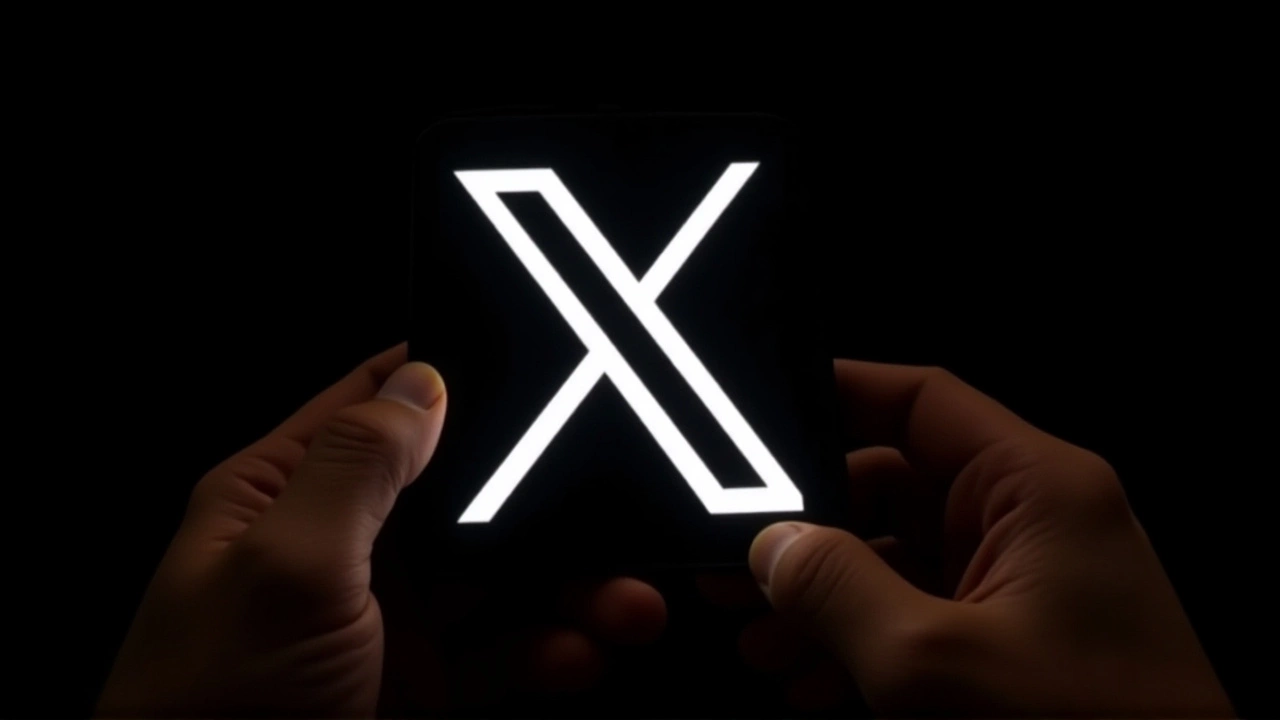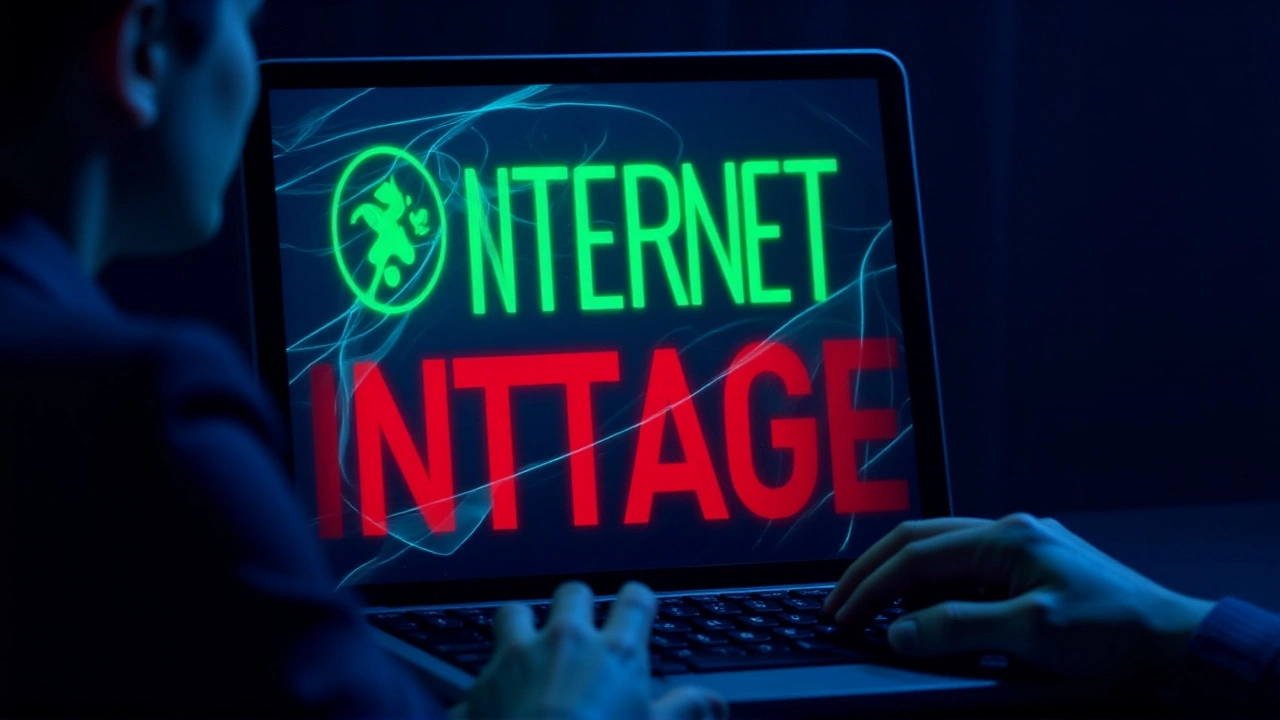When Cloudflare, Inc. went dark on Tuesday, November 18, 2025, it didn’t just slow down the internet—it shattered it. Millions of users woke up to find X (formerly Twitter), ChatGPT, and Spotify unreachable, all because of a single point of failure in the digital backbone that holds the modern web together. The outage, detected by Downdetector.com at approximately 10:00 AM Eastern Time, rippled across continents within minutes, exposing just how fragile our online world has become.
The Domino Effect
It started with X. Users in the U.S. and Canada reported endless loading circles, failed logins, and dead links. Within 30 minutes, the same symptoms hit ChatGPT—users couldn’t access the AI chatbot to ask questions, draft emails, or even get a joke. Then Spotify. No music. No podcasts. Just silence. The pattern was unmistakable: all three services relied on Cloudflare, Inc. for DNS resolution, DDoS protection, and content delivery. When Cloudflare’s systems stumbled, everything downstream collapsed like a house of cards.
It’s not that X, ChatGPT, or Spotify are weak platforms. It’s that they’ve outsourced their internet lifeline to one company. Cloudflare, Inc. handles traffic for roughly 20 million websites and apps globally. That’s not a backup system—it’s the main artery. And on November 18, that artery clotted.
Who Was Affected—and Where?
The outage wasn’t selective. From New York to Nairobi, Tokyo to Toronto, users reported disruptions. Downdetector.com showed spikes in North America first, then Europe—especially the U.K., Germany, and France—followed by Asia-Pacific hotspots like Australia and Japan. No region was spared. People couldn’t post on X. Students couldn’t use ChatGPT to finish essays. Commuters couldn’t stream their morning playlists.
There were no official user counts released, but Downdetector.com logged over 150,000 outage reports in the first two hours—more than any single event since Cloudflare’s July 2024 partial disruption. And this time, it was worse.

The Fix—And the Silence
At precisely 14:56 UTC, The Independent published a terse but definitive update from technology reporter Andrew Griffin: "Websites that had previously been broken such as Twitter and ChatGPT are now back to life." That was it. No press conference. No CEO statement. No detailed post-mortem from Cloudflare, Inc..
Elon Reeve Musk, owner of X, stayed silent. OpenAI didn’t comment. Spotify’s social media team posted a generic "Service restored" message. Meanwhile, Cloudflare, Inc. quietly updated its status page with a single line: "Resolved. Root cause identified and mitigated."
That’s the problem. No transparency. No accountability. Just a fix—and a collective sigh of relief.
Why This Matters More Than You Think
This wasn’t just a glitch. It was a warning.
For years, tech companies have chased efficiency by consolidating infrastructure. Why run your own servers when you can rent reliability from Cloudflare, Amazon, or Google? But when one provider fails, the entire ecosystem stumbles. This outage proved that the internet’s most critical services are now hostage to the stability of a handful of corporate giants.
Compare it to the 2021 Facebook outage, which took down Instagram and WhatsApp. That was a routing error. This was a systemic vulnerability. Cloudflare doesn’t just serve websites—it secures them, accelerates them, shields them from attacks. When it went down, even services with massive resources couldn’t function.
And here’s the kicker: Cloudflare was founded in 2009 by Matthew Prince, Lee Holloway, and Michelle Zatlyn. Today, it’s a $70 billion company. Yet, its internal systems still aren’t immune to cascading failures. That’s not a flaw in the code—it’s a flaw in the model.

What Comes Next?
Regulators are watching. The European Commission has already signaled interest in reviewing "critical digital infrastructure" under its Digital Operational Resilience Act. In the U.S., lawmakers are quietly drafting bills that would require key services to maintain redundant, non-dependent infrastructure.
For now, users are back online. But the question lingers: how many more outages will it take before companies stop betting everything on one provider?
For X, the stakes are higher than ever. Musk’s vision of an "everything app" depends on flawless uptime. But if the foundation keeps cracking, even the most ambitious dreams can’t hold.
Frequently Asked Questions
Why did so many services go down at once?
Because they all relied on Cloudflare, Inc. for core internet functions like DNS and DDoS protection. When Cloudflare’s systems failed, those services lost their connection to the web—even if their own servers were fine. It’s like every building in a city losing power because the main transformer blew.
How long did the outage last?
The outage lasted about four hours, starting around 10:00 AM Eastern Time on November 18, 2025, and ending at 14:56 UTC that same day. The Independent confirmed full restoration at that time, with no lingering issues reported by users or monitoring services.
Was this Cloudflare’s biggest outage ever?
Yes, by impact. While Cloudflare had a partial disruption in July 2024, this was the first time its failure took down major consumer platforms like X, ChatGPT, and Spotify simultaneously. The global scale and number of affected users made it the most significant in the company’s 16-year history.
Could this have been prevented?
Potentially. Experts say better redundancy—like running backup DNS servers outside Cloudflare’s network—could have kept services alive. But most companies prioritize cost and simplicity over resilience. The real question isn’t whether it could’ve been prevented—it’s whether companies will change before the next outage hits.
What’s Elon Musk’s role in all this?
As owner of X, Musk made the decision to fully integrate the platform with Cloudflare’s infrastructure after acquiring it in 2022. While he didn’t cause the outage, his reliance on a single provider left X exposed. His silence during the crisis has drawn criticism from users and analysts alike.
Should I be worried about future outages?
Absolutely. Until major platforms diversify their infrastructure dependencies, this will happen again. Cloudflare’s systems are powerful—but they’re not infallible. The more we centralize the internet’s backbone, the more dangerous a single failure becomes. The next outage might not be four hours. It could be four days.

Maverick Callahan
Hi, my name is Maverick Callahan, and I'm a sports enthusiast with a particular passion for soccer. I've spent years analyzing matches, studying team dynamics, and understanding the nuances of the beautiful game. As a writer, I enjoy sharing my insights and perspectives with fellow soccer fans through engaging articles and thought-provoking discussions. My goal is to help others appreciate the sport as much as I do and to contribute to the global soccer community in a meaningful way.